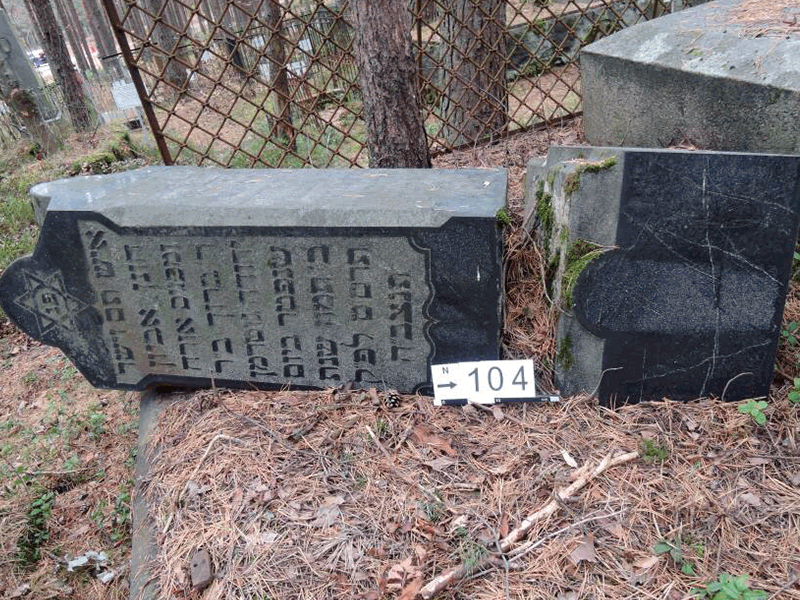The roots of any Russian-Jewish family span across the globe. Constantly on a quest for a better life, Jews moved from one country to another, often relocating after just two generations. Jewish cemeteries and synagogues around the world provide evidence of their long journey. The influx of Jews out of the collapsing Soviet Union in the early 1990s played a decisive role in the fate of many of those cemeteries.
READ: ARTIST IS ALWAYS LOOKING FOR ORIGINAL WAY OF SELF-EXPRESSION
The deserted Jewish cemetery in Sestroretsk (a town just outside of the old capital St. Petersburg) is one such cemetery and can be rightfully called the most peculiar and interesting burial place of the Kurtony region. It’s rich history dates back to 1887 and holds many unsolved mysteries. This forgotten cemetery is evidence to a once thriving Jewish community, and almost seems to fade into the thick Russian forest.
The cemetery, built by Lubov Klychko, occupies a small piece of land and is located between a Russian military memorial and the Dystkie Duni sanatorium. It serves as the resting place of 230 Jews, though only 120 of them have tombstones that are legible. Over the years, the site was vandalized and neglected, and many of the tombstones are missing or damaged.
Some 12 tombstones still have visible Hebrew writing and are decorated with traditional Jewish ornaments. Since burials at the site stopped in the 1970s, many Jews who moved from the St. Petersburg area, might not even be aware of relatives who were buried in this cemetery.

Locals are telling legends about the famous Klychko family memorial, a landmark safely hidden beneath the birch trees. The memorial was erected in the memory of Lev Klychko (1855-1913), a doctor-therapist who treated many famous locals. Dr. Klychko is mentioned in the memoirs of famous children’s author Korney Chukovsky and the Russian artist Alexandre Benois.
Among the vandalized tombstones, Baruch Guterman’s (an ancestor of mine) gravestone can be found lying on its side. A member of the local synagogue, Baruch Guterman (1824-1898) resided in Sestroretsk since he was granted permission to leave the Pale of Settlement (the only area in the Imperial Russia where Jews were permitted to live) after serving a 25-year-long military service in the Artillery Corps. Along with the permit to relocate to the capital’s suburb, he was awarded a medal for bravery in combat. He spent the rest of his life fundraising for the local synagogue, helping to construct it while working in trade.
In the past few years, local volunteers have been trying to restore parts of the cemetery. Signs have been placed around the site, calling family relatives to report to the authorities their claim of the grave. However, only 12 families have claimed ownership so far. Due to the high cost of the land and lack of public interest, local municipality is planning to repurpose the land on which the cemetery stands. This threatens to obliterate the history of the Klychko, Guterman and other families of which their ancestors are buried there.
The effort to restore the cemetery is led by Ilya Bruk and his daughter Lubov, who have been working day and night, cleaning and restoring the cemetery. They are calling everyone who has family, colleagues or friends who lived in in the Saint Petersburg to come forward and contact them. The Bruk family has been collecting evidence and records of known members of the Jewish community in Sestroretsk and trying to reach out to potential family members. Lubov Bruk can be reached in the following address: [email protected].
